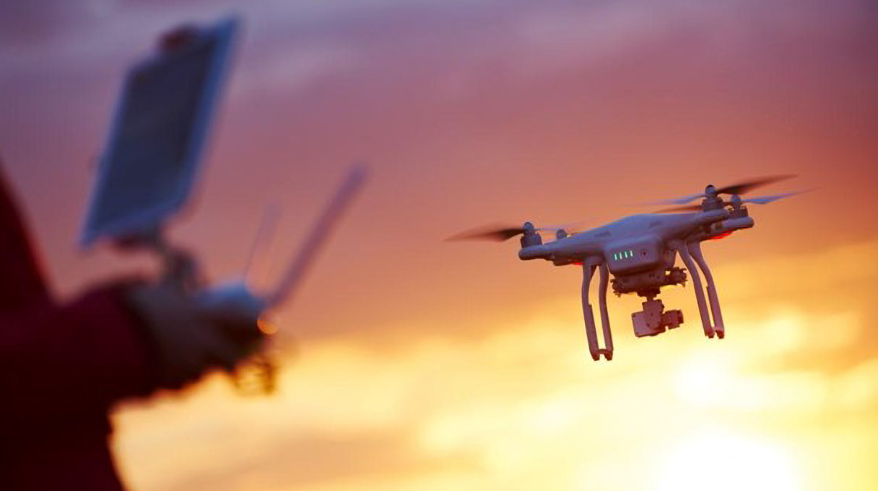What Role Does Technology Play in Disaster Relief and Management?
Technology has transformed disaster relief and management by enhancing operational efficiency. Real-time data analytics aids in decision-making, while drones and robotics facilitate swift supply delivery to affected areas. Communication technologies improve coordination among responders, ensuring a unified approach. The integration of these tools not only accelerates response efforts but also optimizes resource allocation. However, the implications of these advancements raise important questions about their effectiveness and potential challenges in real-world applications.
Real-Time Data Analytics and Decision Making
Real-time data analytics plays a crucial role in enhancing decision-making during disaster relief efforts.
By utilizing predictive modeling, organizations can forecast potential scenarios, optimizing emergency response strategies. This analytical approach enables responders to allocate resources effectively, anticipate needs, and minimize chaos.
The integration of real-time data empowers teams, fostering a proactive stance that ultimately enhances resilience and promotes freedom in crisis management efforts.
See also: What’s Driving the Growth of E-commerce Platforms?
Drones and Robotics in Supply Delivery
An increasing number of humanitarian organizations are leveraging drones and robotics to enhance supply delivery in disaster-stricken areas.
These technologies capitalize on advanced drone capabilities to transport essential goods swiftly and efficiently.
Additionally, robotic logistics streamline the distribution process, ensuring timely access to aid.
Communication Technologies for Coordination and Outreach
Effective communication technologies play a crucial role in enhancing coordination and outreach efforts during disaster relief operations.
Mobile applications facilitate real-time information sharing among responders and affected communities, promoting transparency and engagement.
Additionally, satellite communications provide reliable connectivity in remote areas, ensuring that critical data flows uninterrupted.
Together, these technologies empower organizations to respond swiftly and effectively, ultimately saving lives and resources during emergencies.
Conclusion
In conclusion, technology’s pivotal role in disaster relief and management is akin to a lifeline woven through chaos. By harnessing real-time data analytics, drones, and advanced communication systems, responders navigate the turbulent waters of crisis with precision and speed. This synergy not only optimizes resource allocation but also fosters seamless coordination among teams, ultimately transforming the landscape of humanitarian efforts. As the world grapples with increasing disasters, technology stands as a beacon of hope, illuminating pathways to efficiency and effectiveness.






